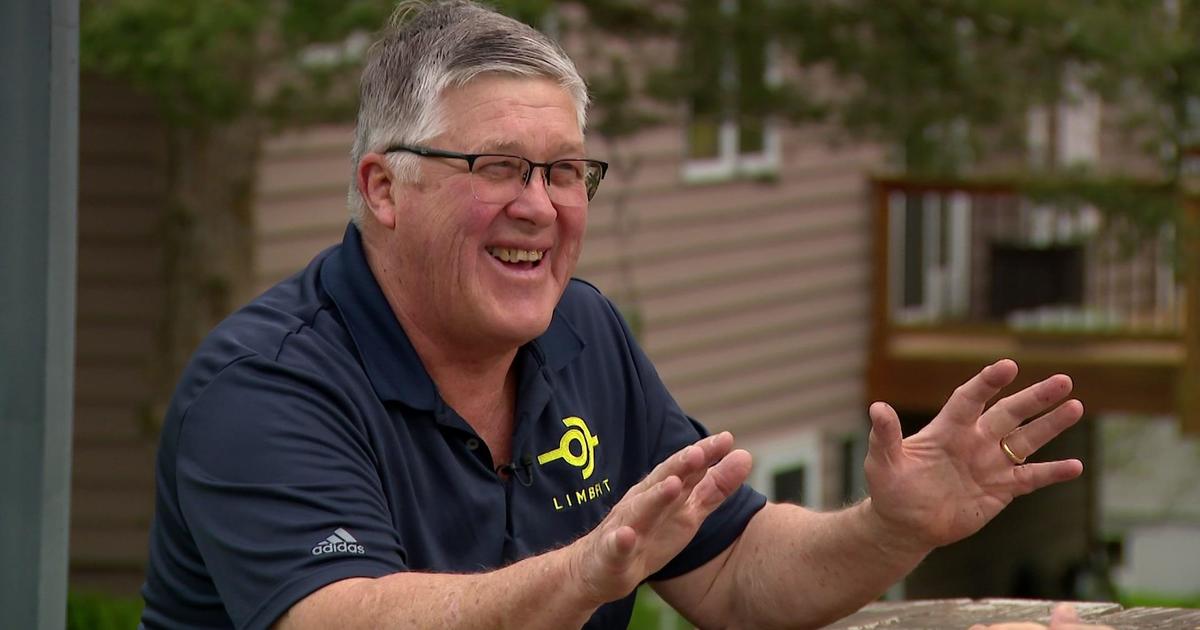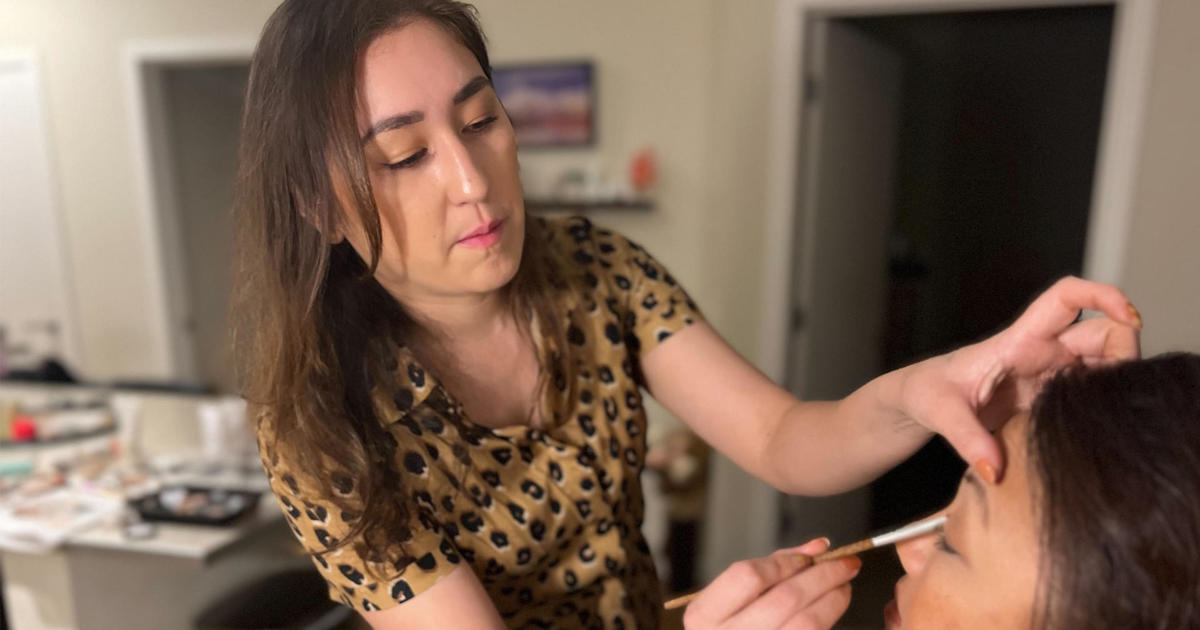The Legal Bounty Put On Radio-Collared Bears
ELY, Minn. (WCCO) -- A late-April snowfall creates a spring wonderland near Ely, Minn. and in the quiet, white wilderness comes the sound of a steady signal.
With tracking equipment in hand, Dr. Lynn Rogers is doing what he's done a thousand times before: looking for black bears. It's not long before he comes across a familiar face.
Lily the black bear has found shelter from the snow under a spruce tree where she nurses her cub Faith, something that's rarely seen.
"We lucked out today," said Rogers.
Nearby, doing what yearlings do, is Lily's other daughter, Hope.
Her live birth last year on Rogers' den cam made Hope a worldwide sensation.
"In Minnesota, there's over 20,000 bears we can hunt. There are a dozen that are a window for the world," said Rogers.
Lily, Faith and Hope are a big part of that window.
They are not Rogers' bears, but they are his research. Like a modern day Jane Goodall, radio collars allow him to track and observe in natural habitat. They are the reason for the North American Bear Center.
"I just kind of fell into it and then fell in love with it," said Rogers.
When he began his research 44 years ago, Rogers always knew he wanted to open a place where people could learn. The center had more than 30,000 visitors last year. But as educational as it has become there is another purpose: a mission to save the bears he loves.
"Minnesota bears belong to everyone. Why are they being managed for a dozen hunters that might see them instead of the thousands, actually about a quarter million people around the world, that want to learn from these bears? They need to be protected," said Rogers.
So far the Minnesota Department of Natural Resources won't protect the radio-collared bears. That's despite a week-long petition that gathered more than 28,000 signatures from around the world. The signatures came from as far away South Africa, France and England.
But some of the most important came from Andover, Minn.
Dana Coleman is a first grade teacher at Andover Elementary. Her classroom is one of more than 500 in the world that follows Rogers' research online.
"A 6-year-old doesn't have the life experiences that a 12th-grader has. So they need that visual aspect of it and it's invaluable," said Coleman.
Every day, Coleman's first graders learn about what's going on with Lily, Faith and the others. The information they gather turns into lessons about math, time and even life experiences.
A few weeks ago, Lily's other cub Jason died and it hit this classroom pretty hard.
"When he did pass, I read it to them and we cried together," said Coleman.
"I felt really bad, like we wanted to cry but I couldn't cry because my eyes weren't watery," said first-grader David Gohman.
These lessons are the reason Coleman has written dozens of letters to lawmakers and the DNR, asking them to protect Rogers' research.
"The bears are really special to us and they should be special to them too," said first-grader Abby Lueck.
DNR Commissioner Tom Landwehr said when researchers apply for permits it's with the understanding that the bears won't be protected.
"This is the same way we have been operating with Dr. Rogers since 1992," said Landwehr.
The DNR has 40 of their own research bears and doesn't protect them either because they feel hunting is a part of research.
"We've worked voluntarily with hunters and we will send a letter to hunters asking them to avoid shoot collared bears and Dr. Rogers has called that an effective approach," Landwehr said.
But not all hunters comply. Last fall, someone shot Sarah, one of Rogers' research bears, despite the bright pink ribbons on her collar.
In certain circles, these animals now carry a bull's eye. One hunter created a Facebook page called "Lily, A bear with a bounty" and it talks about using GPS and a helicopter to try and find Lily.
Separate from that, another hunter created a petition simply asking that the bears remain unprotected. So far it has about 100 signatures compared to Rogers' more than 28,000.
But the main point is clear for a number of Minnesota black bear hunters like Bob Ford, who signed the petition. Personally, he said, he wouldn't shoot a collared bear but at the same time doesn't feel they should be protected.
"Putting the collar on a wild animal does not change it. It still is a wild animal and that does not give them the right to claim that as their own," said Ford. "If it became illegal to shoot them, they might start putting radio collars on all bears. Where will it stop? I wouldn't shoot one myself, but I don't think more restrictions should be put on hunters."
Rogers believes there is more to be learned from a live bear than one that becomes a trophy. For him, a future with Lily, Faith and Hope is more valuable than a future without them.
"When I see these bears, I feel thankful to them for allowing me into their lives to this extent and I just feel privileged that after decades of studying bears in other ways and learning very little, that finally I can get the answers to the many questions that have built up over my lifetime," said Rogers.
Rogers said he will be bringing the stack of signatures from the petition to the DNR and lawmakers this spring in hopes of changing their decision. He wants to make it clear that he supports black bear hunting, he simply wants an exception made for the bears he is researching.
The DNR said they already have their own research bears and they are leaving those unprotected as well.



